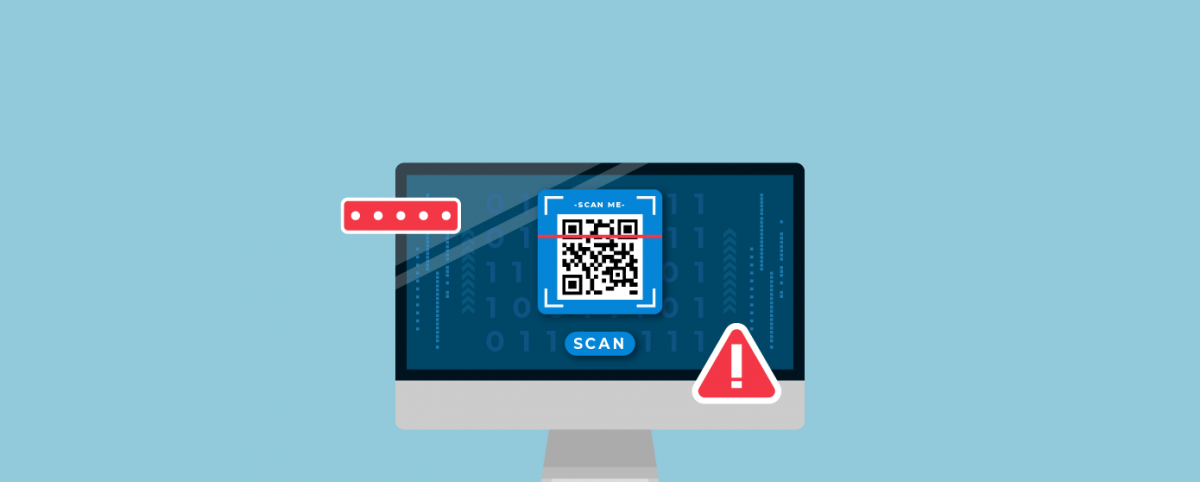Vulnerability Vs Malware: What’s The Difference?
In conversations about web application security, vulnerability and malware are terms that are often confused and even used interchangeably. Both of these are starkly different concepts and cannot be used interchangeably. In this article, we will help you to understand the distinct differences between the two terms and how to protect your web applications and websites against these.
Malware: Definition & Common Types
Malware (short for malicious software) is a malicious piece of code (also known as payload) that gets planted in your systems, most likely by exploiting the vulnerabilities present in your systems/websites/web applications/networks.
Malware is often used for one or more of the following:
- Spread viruses
- Infect and hijack your computer/system/application
- Provide backdoor entry to re-infect websites
- Infect and hijack other computers that the infected system/computer/application communicates with.
- Compromise your application
- Hold your application/website hostage for hefty financial gains through ransoms.
- Damage or vandalize or deface your website/ web application (usually by hacktivists)
- SEO Spam where the attacker hijacks legitimate web applications to promote scams.
- Access, modify or steal your sensitive and confidential information.
Malware can be delivered over a network, physical media, email links or file attachments, social media, instant messaging, etc. using social engineering, phishing, rootkit, or bootkit techniques.
Except for ransomware, in most other cases, malware does not make itself known in a dramatic fashion; you may not even know you are running malware on your website. For instance, it may be hidden in the source code of your website/ web application and extremely difficult to know or detect.
Some common types of Malware:
- Defacement’s
- Trojan Horses
- Worms
- Botnets
- Spyware
- Ransomware
- Viruses
- Adware
- Cryptocurrency miner, etc.
Vulnerability: Definition & Common Types
Vulnerabilities are exploitable risks, gaps, weaknesses, loopholes, and misconfigurations that when identified by attackers can be used as an entry point to change, damage, block, download or manipulate the website/ web application. The presence of vulnerabilities weakens the overall security posture and undermines web application security efforts because they amplify the security risks facing the organization.
Vulnerabilities are most commonly caused by:
- Technical mismatches, flaws or misconfigurations
- Poor behavior and habits of site/app owners
- Poor behavior and habits of unaware site/app users (customers/clients, employees, etc.)
Typically, all websites/web applications, even simple ones like Blogs, have thousands of vulnerabilities. Based on their nature, vulnerabilities are also classified as known, business logic (arising from a business logic flaw and unique to the context and policies of a business), and unknown/zero-day.
Here are some examples of commonly exploited vulnerabilities:
- Weak passwords (generic passwords, simple passwords without special characters, universal passwords, etc.) are easy to remember but also very easy to hack.
- Excessive privileges, permissions, and authorizations that escalate the risk of infection
- Outdated files, legacy features, and components, and generally unclean website/ application.
- Failing to install updates as they contain critical patches that can secure vulnerabilities.
- SQL and other injections
- Cross-Site Scripting (XSS)
- Cross-Site Request Forgery (CSRF)
- Failure to restrict URL access
- Insecure cryptographic storage, etc.
- Platform-specific vulnerability ( a new exploit that could be any of the above discovered in a popular platform (example – WordPress, apache struts)
Vulnerability Vs Malware
Imagine that your website/web application is your house. To ensure that your house is safe from thieves and other criminal elements, you will secure possible entry points (doors, windows, locks, etc.) from these criminal elements, and these entry points and exploitable risks represent the vulnerabilities. The criminal element entering the house, stealing, manipulating the security alarm, opening the backdoor, etc. is what malware does to your website. So, malware is the threat while vulnerabilities are exploitable risks and unsecured entry points that can be leveraged by threat actors.
Vulnerability detection is a proactive step while Malware identification is a reactive step. Since the infection was allowed to happen by a vulnerability in the website/network.
Securing your Web Application: Vulnerability and Malware
To ensure fortified and robust web application security, you must proactively identify, instantly patch, speedily fix, and security vulnerabilities to ensure a minimized attack surface and exploitable entry points. This way the possibility of getting malware into your system is minimized. But it may be impossible to stop all malware which is why you must identify malware using intelligent security scanning, line-by-line code analysis, behavior analysis, etc. on a regular basis.
While anti-malware and anti-virus software may help you identify the malware, they are not equipped to detect and secure vulnerabilities. A WAF is a must-have for both securing vulnerabilities and proactively identifying malware, mitigating the spread of malware, and isolating the impact with reactive policies. By leveraging an intelligent, comprehensive, and managed security solution like AppTrana, which offers a managed WAF, automated scanner, and the expertise of certified security professionals, you can ensure heightened web security.
Stay tuned for more relevant and interesting security updates. Follow Indusface on Facebook, Twitter, and LinkedIn


 March 16, 2020
March 16, 2020





